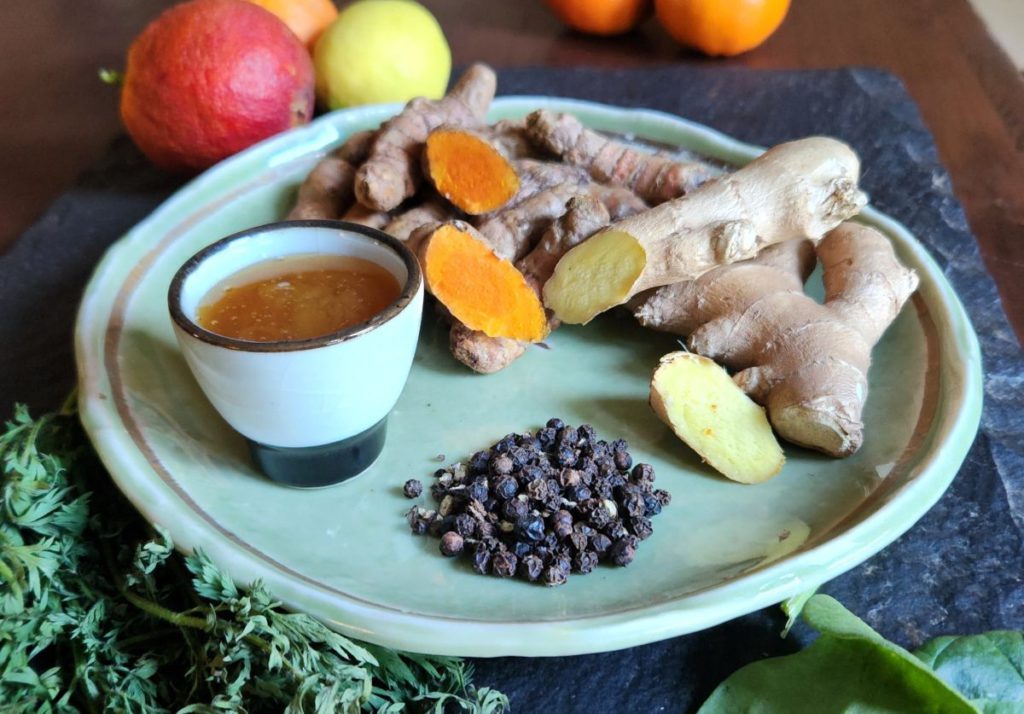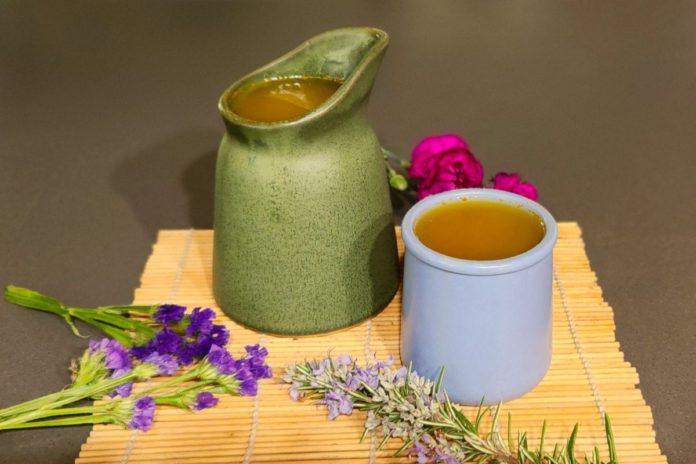According to recent market research, the global nutritional drink market was valued at around $18.6 billion in 2024. This includes many pre-formulated canned or bottled health drinks and containers of powders which can be mixed into water bottles for pre and post workout drinks.
Many of these nutritional drinks are given sensational names and exciting packaging, have endorsements from elite athletes, sponsor competitions and are heavily advertised on social media which makes them seem like a modern phenomenon. However, alimentary drinks have been around for centuries. One in particular, jamu, a traditional Indonesian elixir, is experiencing a resurgence in Indonesia and becoming popular in Europe and the US.
Jamu was created as a longevity elixir for the Mataran Kingdom’s royal court more than 1,300 years ago in what today is Indonesia. The recipe was eventually passed down from royal medicine men to villagers in rural areas. Jamu has always been seen more as a preventive measure for treating the body, mind and soul rather than a cure for ailments.

Today, jamu is more than a drink to many Indonesians; it is a long enjoyed cultural tradition. During and after COVID, jamu has become even more popular in Indonesia as people turned to healthy foods and drinks. Demand in local markets has increased, jamu cafes have sprung up in larger cities, and bars and clubs serving jamu cocktails are spreading throughout Indonesia.
There are 18,307 Indonesian islands according to a 2002 survey by the National Institute of Aeronautics and Space, making it the largest archipelagic country in the world. However, many of these islands disappear with the tides, making the non-tidal island number closer to 17,000. Of these, only around 6,000 have people living on them.
Each of these Indonesian islands has one or more local jamu recipes based on the available local plant species. The Indonesian Ministry of Health recorded a staggering 15,773 different jamu recipes within the archipelago in 2012. Individual families may also have traditional recipes adding even more jamu variations.
People in the Bay Area do not have to travel to Indonesia to enjoy jamu. They can make their own right here. There are five core ingredients and a common optional one that can be easily grown or sourced in the Bay Area. Ingredients include turmeric, which adds a strong earthiness; ginger, which delivers spiciness; citrus, which lends tartness; honey, which gives a balance of sweetness and water. The optional black pepper can provide a subtle heat.
There are many supposed health benefits. Turmeric can reduce joint pain and digestive disorders. Ginger reduces inflammation and improves blood sugar regulation. Citrus supports cardiovascular health and boosts the immune system. Water aids in removing waste and toxins from the body. Black pepper has antioxidant and anti-inflammatory properties and supports healthy brain functions.
Basic jamu recipe:
Ingredients
1 cup fresh turmeric cleaned, peeled and chopped
½ cup ginger cleaned, peeled and chopped
½ cup of honey
¼ cup fresh squeezed lime juice
4 cups of water
Pinch of pepper (optional)
Instructions
Add ginger, turmeric and water into a blender. Blend until smooth and pour the mixture into a saucepan. Bring to a boil, then simmer for 30 minutes.
Stir in honey and lime juice, pinch of pepper (optional), and cover for an hour. Strain mixture through a fine mesh sieve into a glass bottle and refrigerate. Serve cold with ice, or at room temperature. Add water, soda water or tonic water to adjust the consistency.
Other local ingredients in Indonesia include but are not limited to seeds, edible roots, bark, fruits, consumable leaves, coffee, herbs, spices, milk and raw eggs. Anyone in the Bay Area making their own jamu can experiment with our own local fruits, herbs, spices and edible native plants that are often proven to have health benefits. Locally made jamu will uphold the tradition of giving each jamu recipe its own sense of pride.
Besides the unique flavors ingredients bring to the drink, many when consumed on their own offer preventive health measures. When combined, it is no wonder that jamu is believed to be a wonderful natural health elixir.
Daniel O’Donnell is the co-owner and operator of an organic landscape design/build company in Fremont. www.Chrysalis-Gardens.com




